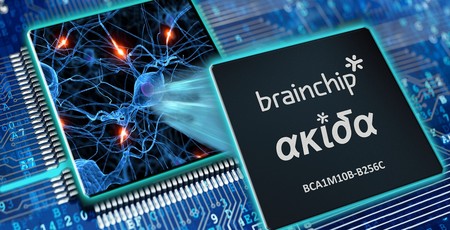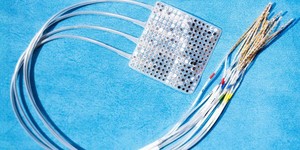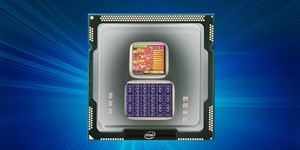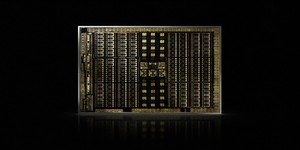
Aptly-named artificial intelligence (AI) company BrainChip has claimed it will be the first to market with a commercial neuromorphic system-on-chip (NSoC), inspired by the brain's biology and using a spiking neural network (SNN) in place of convolutional neural network (CNN) architecture to accelerate deep learning tasks at a very low power draw.
The acceleration of artificial intelligence workloads is nothing new for the industry but has taken on a new urgency of late. While much of the previous work has focused on the data centre and high-end workstation - including Nvidia's new Turing architecture, which includes dedicated AI-acceleration processing cores originally developed for scientific endeavours and repurposed in its consumer incarnations for improved performance in ray-tracing and anti-aliasing - there's growing interest in adding it into low-power edge devices too, from smartphones and tablets to battery-powered drones and sensor networks.
The majority of this work focuses on a type of algorithm known as a convolutional neural network (CNN), which is by its very nature computationally intensive - hence requiring dedicated acceleration hardware. BrainChip, however, is taking a different approach - and while it's not alone in looking into spiking neural network (SNN) algorithms, it claims it's going to be the first to market with a SNN-based system-on-chip (SoC) based on its in-house Akida neuromorphic architecture.
'Despite their best efforts, no other company, large or small, has managed to bring a neuromorphic computing chip to market in production volumes,' claims Lou DiNardo, BrainChip CEO. 'Akida, which is Greek for "spike," represents the first in a new breed of hardware solutions for AI. Artificial intelligence at the edge is going to be as significant and prolific as the microcontroller. With the Akida NSoC, BrainChip is forging that path and leading the way. Our recent announcement of the Akida Development Environment is now followed by a detailed architectural description. We are collaborating with major global manufacturers in a multi-market strategy to drive early adoption of the Akida NSoC.'
The Akida neuromorphic system-on-chip (NSoC), its creators claim, is based on a pure CMOS logic layout - making it, in theory at least, simple to produce at volume. The use of SNN rather than CNN also drops the power draw, taking inspiration from the human brain to develop analogues for 'neurons' and 'synapses' - 1.2 million and 10 billion respectively, the company claims, putting it far beyond test-platform chips from rivals including Intel and IBM.
The NSoC itself is claimed to be operable as a standalone system, for embedding into low-power devices, or as a co-processor for a higher-performance traditional computing device. The company has also claimed that the part has been proven to operate significantly faster for industry-standard benchmarks like the CIFAR-10 computer image dataset than industry-standard CNN accelerators, achieving an order-of-magnitude improvement in images per second per watt with comparable accuracy.
What the company isn't yet sharing, however, is firm launch date and pricing information. With Intel's rival Loihi chip, unveiled in September last year, having been shared in sample volumes to universities and research institutions earlier this year, the company is going to have to get its skates on if it truly wishes to be first to market.

MSI MPG Velox 100R Chassis Review
October 14 2021 | 15:04








Want to comment? Please log in.